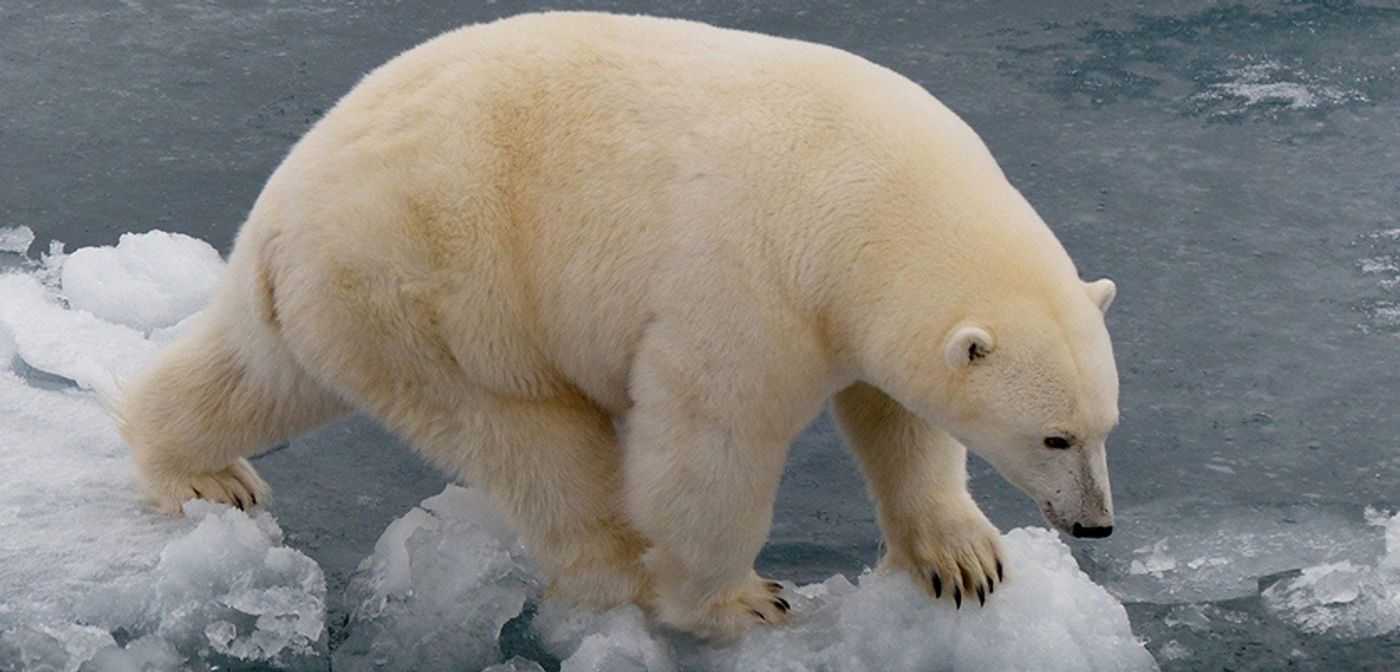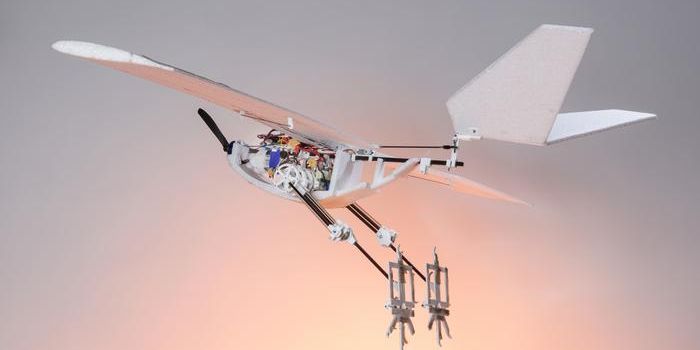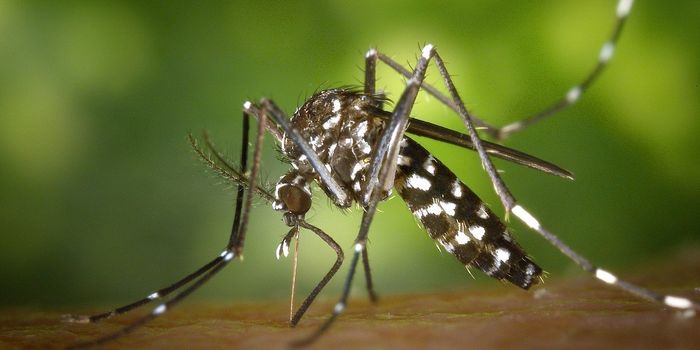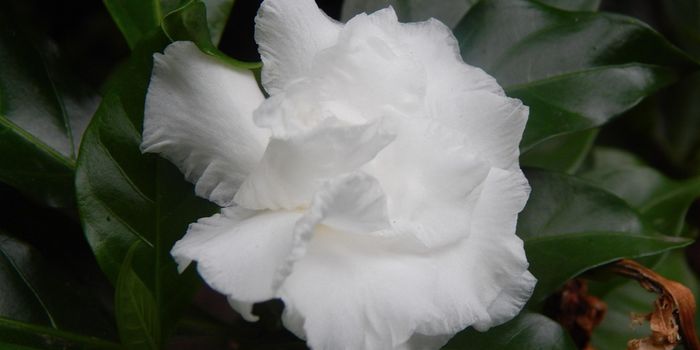Polar Bear Populations Could Collapse by 2100
A new study reports that polar bear populations could collapse in the next 80 years if greenhouse gas emissions remain at “business as usual” levels. According to Dr. Steven Amstrup, study coauthor and Polar Bears International (PBI) chief scientist, “we knew that polar bears would ultimately disappear unless we halt greenhouse gas rise. But knowing when they will begin to disappear in different areas is critical for informing management and policy, and inspiring action.”
According to PBI, polar bears require sea ice to hunt, and warming temperatures melt away this crucial habitat component. With less sea ice to hunt on, some polar bear populations are already negatively impacted due to more extended fasting periods and reproductive declines. However, as PBI reports, some more northerly populations with access to more sea ice and seals are not impacted yet. However, as this study shows, all populations will eventually be affected by sea ice loss linked to increases in global temperature.
Dr. Amstrup and a team of sea ice scientists and ecological modelersaimed to provide more details to understand when polar bear populations will collapse. They used data from polar bears fasting on land to understand how long polar bears can go without sea ice before reproductive success and ultimate survival begin to decline. This information was intersected with estimates of how many ice-free days the various populations are expected to face under two greenhouse gas scenarios: business as usual and moderate emission reductions.
In the “business as usual” carbon emissions model, meaning no changes are made, the temperature is expected to rise 3.3 degrees Celsius above pre-industrious levels. In this model, nearly all polar bear populations will collapse by the end of the century. In the second scenario representing “moderate” reductions, the temperature would rise 2.4 degrees Celsius, allowing some polar bear populations to persist beyond this century. However, as PBI reports, even with moderate carbon emissions reductions, a long-term future for polar bears is not secured, as temperatures will continue to rise beyond what this species has experienced in its evolutionary history.
Dr. Amstrup stated that “showing how imminent the threat is for different polar bear populations is another reminder that we must act now to head off the worst of the future problems faced by us all.” PBI states that there is still time to act and keep temperature rise below 2 degrees Celsius, “preserving polar bears over much of their current range indefinitely.”










